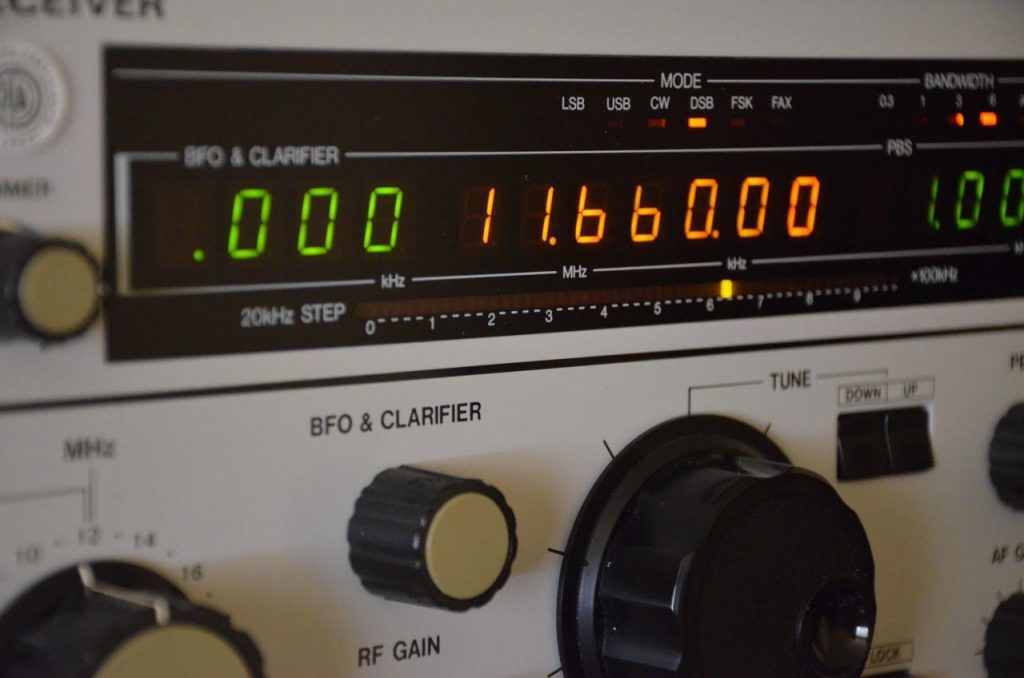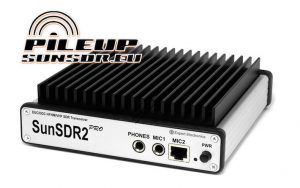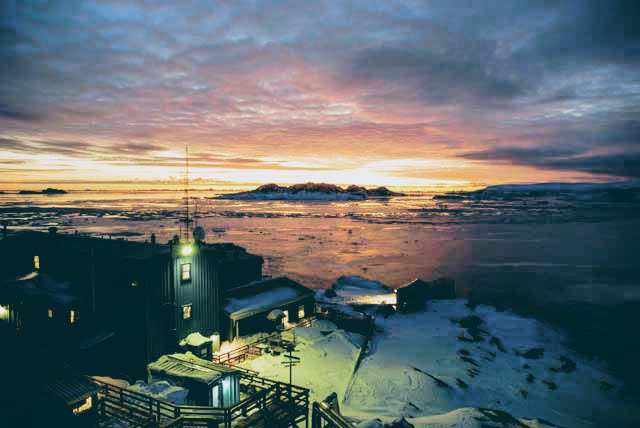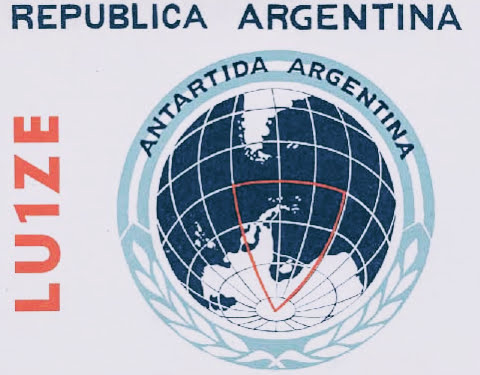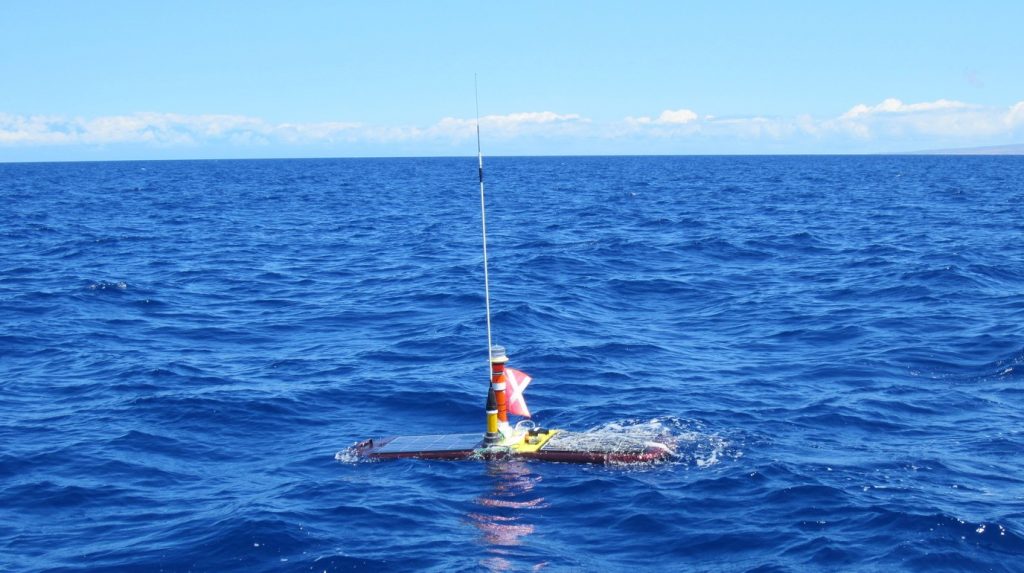The Army Military Auxiliary Radio System will host this year’s Armed Forces Day Crossband Test, scheduled for May 12, 2018. This annual event is open to all radio operators, and will not impact any public or private communications. For more than 50 years, military and amateur stations have taken part in this event, which is only an exercise scenario, designed to include hobbyist and government radio operators alike.
The AFD Crossband Test is a unique opportunity to test two-way communications between military communicators and radio stations in the Amateur Radio Service (ARS), as authorized in 47 CFR 97.111. These tests provide opportunities and challenges for radio operators to demonstrate individual technical skills in a tightly-controlled exercise scenario that does not impact any public or private communications.
Military stations will transmit on selected military frequencies and will announce the specific ARS frequencies monitored. All times are ZULU (Z), and all frequencies are Upper Side Band (USB) unless otherwise noted. The frequencies used for the test will not impact any public or private communications, and will not stray outside the confines of the exercise.
The following stations will be making two way radiotelephone contacts with stations in the ARS between the time periods listed on the frequencies listed in kilohertz below. WAR, WUG-2 and NSS will also make CW contacts.
AAZ / FT HUACHUCA, AZ
1500Z – 2359Z 5,330.5 14,438.5 18,211.0
AAC / BARROW ARMY RESERVE CENTER, KY
1300Z – 0100Z 5,346.5 7,542.0 13,963.5 20,920.0
ABH / SCHOFIELD BARRACKS, HI
1600Z – 2300Z 5,357.0 14,438.5 18,272.0 20,997.0
ABM1 / CAMP ZAMA, JAPAN
1500Z – 0100Z 14,487.0 20,994.0
ADB / CAMP FOSTER, OKINAWA
1500Z – 0100Z 14,487.0 20,994.0
WAR / PENTAGON WASHINGTON, DC
1200Z – 2400Z 5,357.0 13,963.5 18,211.0 24,760.0 USB + CW
WUG-2 / ARMY CORPS OF ENGINEERS, TN
1300Z – 0200Z 5,403.5 13,910.5 18,293.0 20,973.5 USB + CW
AIR / ANDREWS AFB
1200Z – 2400Z 4,517.0 7,305.0 15,807.0 20,740.0
AGA2SY / HANCOCK FIELD, NY
1200Z – 2400Z 4,575.0 7,540.0 13,993.0
AGA5SC / SCOTT AFB, IL
1600Z – 2300Z 3,308.0 4,872.0 7,545.0
AGA9TR / TRAVIS AFB, CA
1600Z – 0100Z 5,346.5 7,329.0 13,996.0 14,411.0
AFM4AF / NAVAL SUPPORT ACTIVITY MID-SOUTH MILLINTON, TN
1200Z – 0300Z 7,375.5 13,498.0
NMC1 / COAST GUARD ISLAND, ALAMEDA, CA
1700Z – 2359Z 7,542.0 15,740.5 22,924.5
NIIW / USS MIDWAY CV-41 SAN DIEGO, CA
1400Z – 0400Z 4,013.5 5371.5 7,493.5 14,383.5 18,211.0
NWKJ / USS YORKTOWN CV-10 CHARLESTON, SC
1200Z – 2200Z 4,000.0 7,360.0 14,663.5
NEPM / USS IOWA BB 61 LOS ANGELES, CA
1500Z – 2359Z 4,043.5 6,903.5 14,463.5 18,293.0
NWVC / LST-325 EVANSVILLE, IN
1200Z – 0400Z 4,007.0 6,913.0 9988.5 13,974.0
NSS / US NAVAL ACADEMY ANNAPOLIS, MD
1300Z – 0200Z 4,038.5 5,330.5 7,533.5 9,447.0 14,487.0 17,545.0 USB + CW
An AFD test message will be transmitted utilizing the Military Standard (MIL-STD) Serial PSK waveform (M110) followed by MIL-STD Wide Shift FSK (850 Hz RTTY) as described in MIL-STD 188-110A/B.
Technical information regarding these waveforms is provided at:
http://www.n2ckh.com/MARS_ALE_FORUM/MSDMT.html.
The AFD test message will also be sent at 0300Z in Continuous Wave (CW) mode (refer to the far right column in the table below). The message will be transmitted on the following frequencies in kilohertz and at the listed times:
1400Z AGA2SY 13,506.5 kHz ACC 17,443.0 kHz
1420Z WAR 13,506.5 kHz AGA2SY 17,443.0 kHz
1440Z ACC 13,506.5 kHz WAR 17,443.0 kHz
1500Z AAZ 13,506.5 kHz AAZ 17,443.0 kHz
2200Z ADB 13,506.5 kHz AGA2SY 17,443.0 kHz
0300Z NWVC 5,346.5 kHz
For those who wish to document their contacts with a QSL card, go to
http://www.usarmymars.org/events and complete the request form.
 (Source: Michigan Public Radio)
(Source: Michigan Public Radio)

